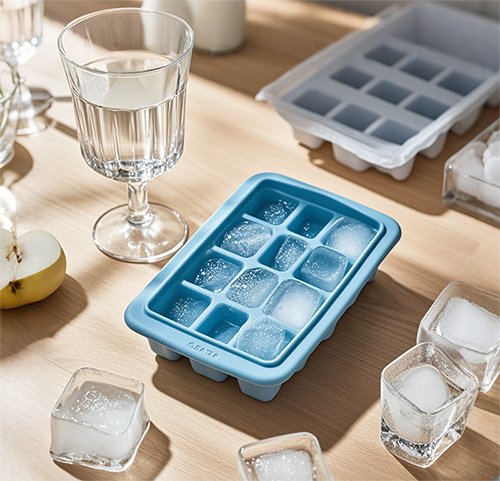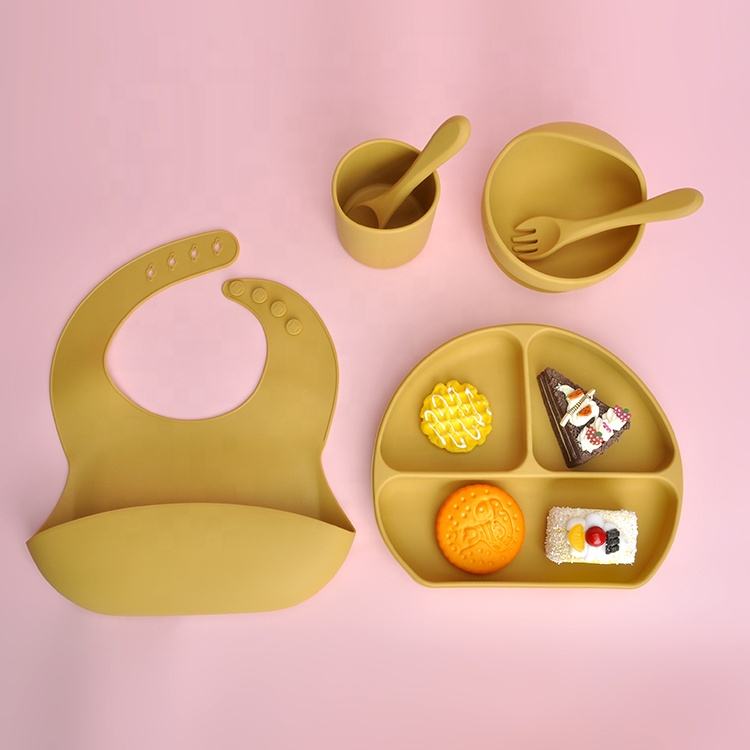Contenu
Does Silicone Have Latex?
For people with latex allergies, choosing the right material is critical for health and safety. A common question is: Does silicone have latex? The short answer is no—silicone and latex are completely different materials. Silicone is protein-free, hypoallergenic, and chemically stable, making it one of the safest alternatives to latex. This article explains the differences, explores scientific evidence, and provides guidance for choosing latex-free silicone products.
![]()
![]()
What Is the Difference Between Silicone and Latex?
Latex
Source: Natural rubber tree sap (Hevea brasiliensis).
Contains Proteins: Main cause of latex allergies.
Risks: Skin rashes, asthma, or even anaphylaxis.
Applications: Gloves, balloons, rubber bands, pacifiers.
Silicone
Source: Synthetic polymer made of silicon, oxygen, carbon, and hydrogen.
Properties: Heat resistant (-40°C to 230°C), non-toxic, BPA-free.
Safety: Latex-free, hypoallergenic, FDA and LFGB approved for food and medical use.
Applications: Silicone baby feeding sets, suction bowls, bento lunch boxes, medical devices.
Is Silicone Safe for People Allergic to Latex?
The FDA has confirmed since 1979 that silicone is safe for food contact and medical use. Unlike latex, silicone does not release allergenic proteins, making it suitable for:
Medical products: catheters, implants.
Baby products: silicone bib and bowl sets, pacifiers, teethers.
Kitchenware: silicone cake molds, ice molds, chocolate molds.
⚠️ Note: Low-quality silicone may contain fillers or additives that irritate the skin. Always choose certified, food-grade silicone.
![]()
![]()
Silicone vs Latex: Key Differences
| Fonctionnalité | Silicone (Latex-Free) | Natural Latex |
|---|---|---|
| Allergen Risk | Hypoallergenic, very rare irritation | High, protein-based reactions |
| Plage de température | -40°C to 230°C | Lower stability |
| Durability | Long-lasting, non-aging | Ages quickly under UV/heat |
| Applications | Medical, baby, kitchen products | Gloves, balloons, elastic items |
How to Choose Safe Silicone Products
Look for FDA, LFGB, or USP VI certifications.
Avoid ultra-cheap, unbranded silicone items.
Check product labels for “latex-free” and “BPA-free”.
For sensitive users, request a third-party safety test (SGS, Intertek).
Conclusion
So, does silicone have latex? The answer is no. Silicone is a latex-free, hypoallergenic material that is widely used in medical, baby, and kitchen products. For people with latex allergies, silicone offers a safe and reliable alternative—as long as you choose certified, high-quality products.
Au Jewelives, we manufacture a wide range of produits en silicone including silicone suction bowls and plates, silicone baby feeding sets, bibs, and custom molds. With 21 years of production experience and over 500 patents annually, we guarantee latex-free, FDA/LFGB certified, and safe-to-use solutions.
Contact us today for product catalogs and OEM/ODM customization services.



